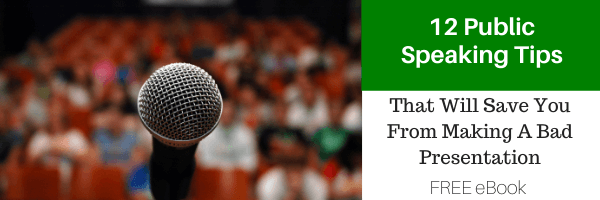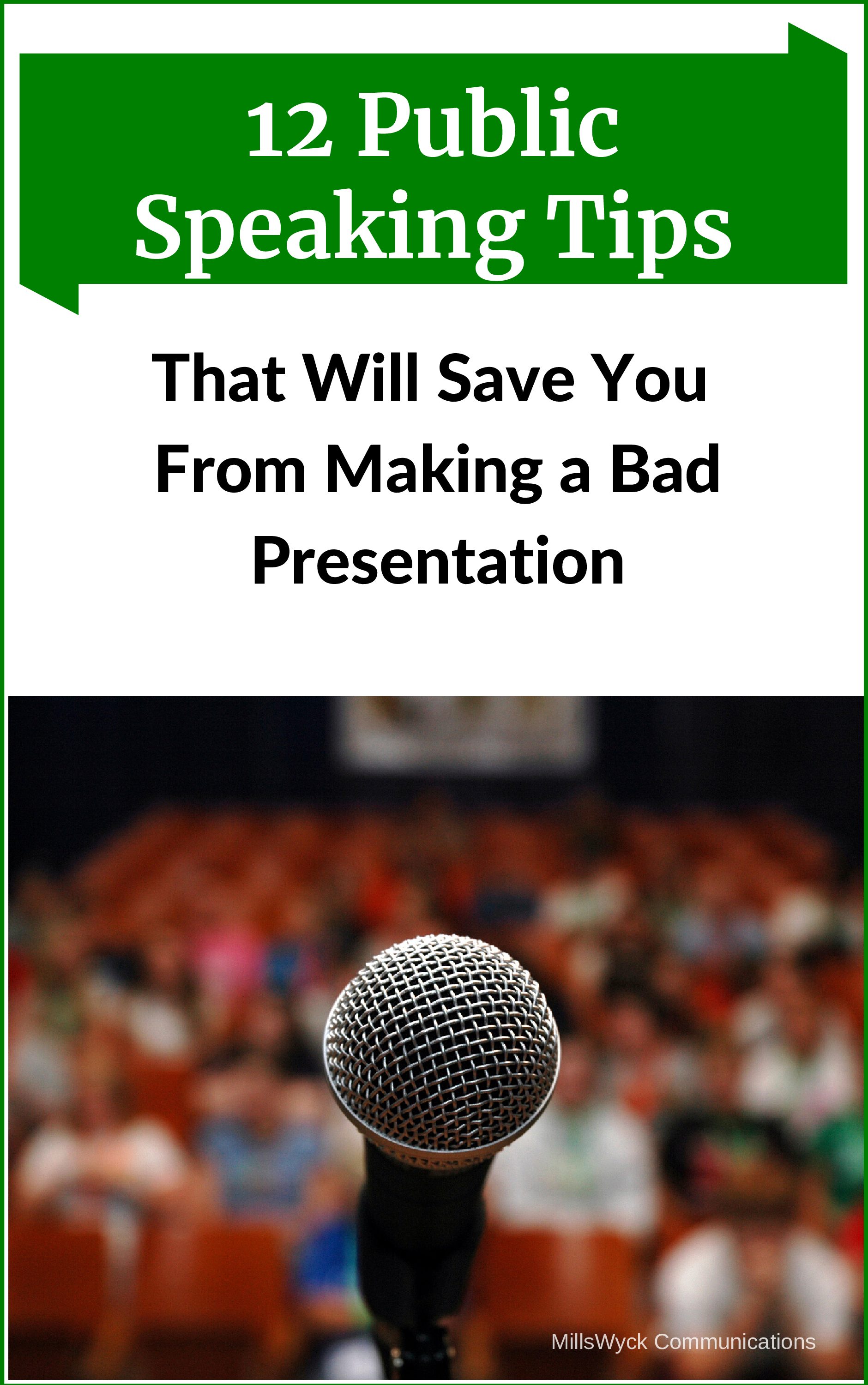In my recent travels, I’ve discovered Presidential Libraries. When I’m in a city with one, I chisel out half a day to visit. There are officially 15 libraries. I’ve been to three so far, but would like to make the rounds to many more. They are a fascinating look at history from behind the curtain that are (mostly) devoid of political rhetoric. Some of the favorite things I enjoy about them are 1) the artifacts and gifts the Presidents received on their travels, 2) the letters and thanks they received from people who were considered political “rivals”, and 3) the original notes and speeches they gave.
My interest in this last category is more than just the passing interest of a citizen. It’s fascinating to see how technology has changed speeches, even for Presidents, and also how the important things they needed to remember had little to do with the words and phrases. For instance, in Lyndon B. Johnson’s inaugural address, given just after JFK’s assassination, he wrote several times (in his own handwriting) “Pause – Pause” between paragraphs. George Bush wanted to emphasize specific words to indict Sadaam Hussein in his 9-11 speech to the country.
LBJ was one of the first presidents to use a teleprompter. This technology is easier than notecards and allows a speaker to look directly into a camera. But it’s not easy to do it well (Barack Obama was roundly criticized for his early use of the device – by the end of his eight years there was no complaint – he had ample practice and got quite proficient.)
I’ve been using a teleprompter a lot lately. We’ve started recording our courses for our new initiative, Online Stage Coach. Whether you are reading from a teleprompter or a piece of paper, the challenge is the same: don’t look like you are reading. There are so many nuances to this. First, make your notes and your script readable – the tone and sentence structure needs to sound like the spoken word. Second, make the physical copy readable: large fonts and a structure where you aren’t always looking for the start of your next sentence. And third, use your voice in such a way that it sounds conversational. This involves changing your cadence, tone, and volume. For a short video on how to rdead more effectively as a speaker, and to see the style and quality of the videos we are producing, click the link below.
View Our Blog Hosting Video Here
And of course, reading without appearing like you’re reading is a skill that can be developed. It takes practice. Perhaps the biggest mistake you can make is to rely on your notes or script and think you don’t need to practice your delivery. Your audience will know and you’ll not be the star of your own show.
Communication Matters. What are you saying?
Want more speaking tips? Check out our Free Resources page and our YouTube channel.
We can also help you with your communication and speaking skills with our Workshops or Personal Coaching.
This article was published in the May edition of our monthly speaking tips email newsletter, Communication Matters. Have speaking tips like these delivered straight to your inbox every month. Sign up today to receive our newsletter and receive our FREE eBook, “Twelve Tips that will Save You from Making a Bad Presentation.” You can unsubscribe at any time.




